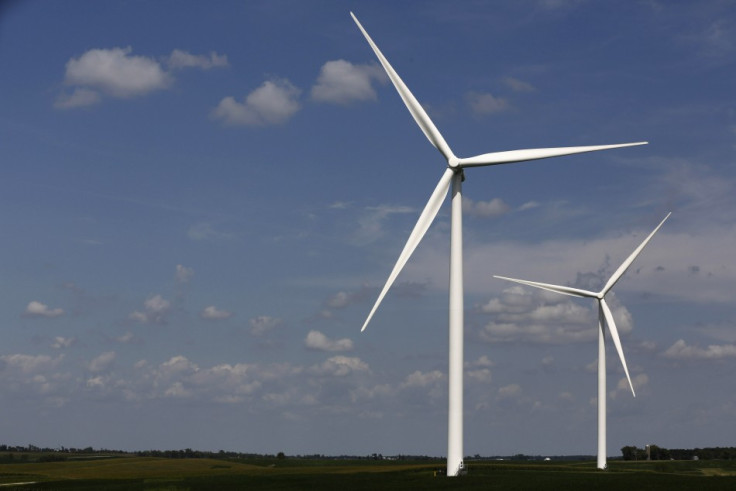Did Saboteurs Fell Giant Wind Turbines in Southwest England?

An investigation has been launched into how two wind turbines just 20 miles apart collapsed within days of each other.
The first turbine came down in Bradworthy, Devon last weekend. It fell during gale force winds of 50mph, despite being designed to withstand gusts much stronger.
It was initially thought the heavy winds had brought down the first turbine, but when a second fell in North Petherwin in Cornwall on Wednesday, officials began to suspect sabotage by anti-wind farm campaigners.
Investigators said they found bolts missing from the Bradworthy turbine's base, fuelling suspicion of foul play in an area which is staunchly opposed to wind farms.
According to a survey cited by Bradworthy Parish Council, 95 percent of local residents were opposed to the construction of a wind farm in the village.
Although Bradworthy Councillor Margaret Coles denied reports of sabotage, she took the opportunity to condemn the wind farm installer, Dulas, and highlight the dangers posed by the turbines.
Speaking to the Daily Telegraph, Coles said: "The bolts on the base could not withstand the wind and as we are a very windy part of the country they [the energy company] have egg on their face. There are concerns about safety."
Fellow Councillor Keith Tomlin expressed concern that Torridge District Council has approved a second turbine closer to the main road, where the consequence of a similar collapse could be far more serious.
'Bloody dangerous'
A spokeswoman for Dulas reassured local residents that the company is "working hard to establish the precise cause of the incident", and collaborating with the turbine manufacturer "to conduct a full root-cause analysis investigation."
However the spokeswoman declined to suggest a specific cause of the collapse, saying only that "our initial assessment suggests the turbine did not catch fire, as has been reported."
Well-known wind turbine opponent James Delingpole commented on the incident, writing: "Apart from being ugly, noisy, expensive, inefficient, destructive to wildlife and incapable of doing the one thing that notionally they're supposed to do - 'reduce CO2' - they are also bloody dangerous."
© Copyright IBTimes 2025. All rights reserved.






















